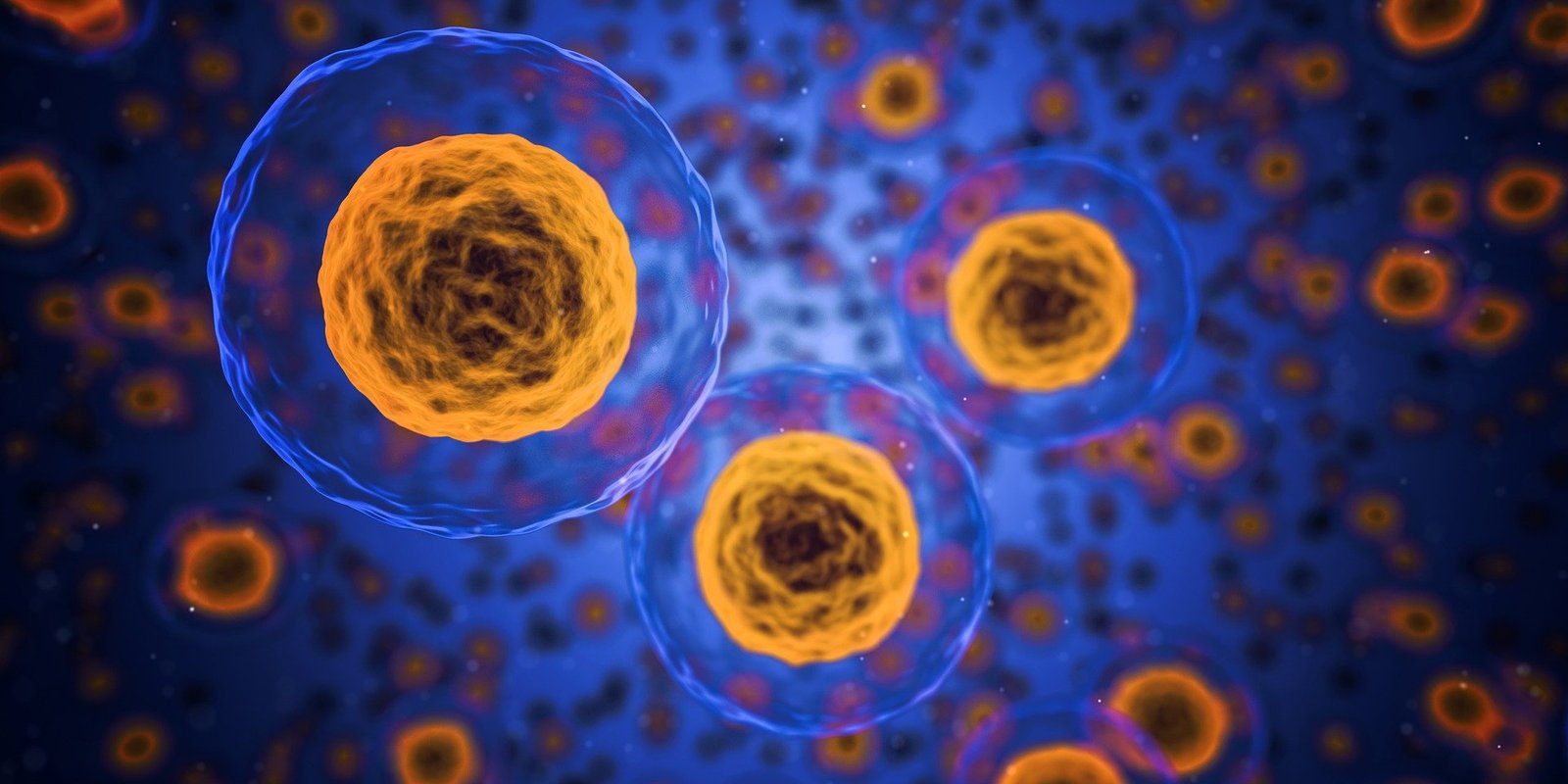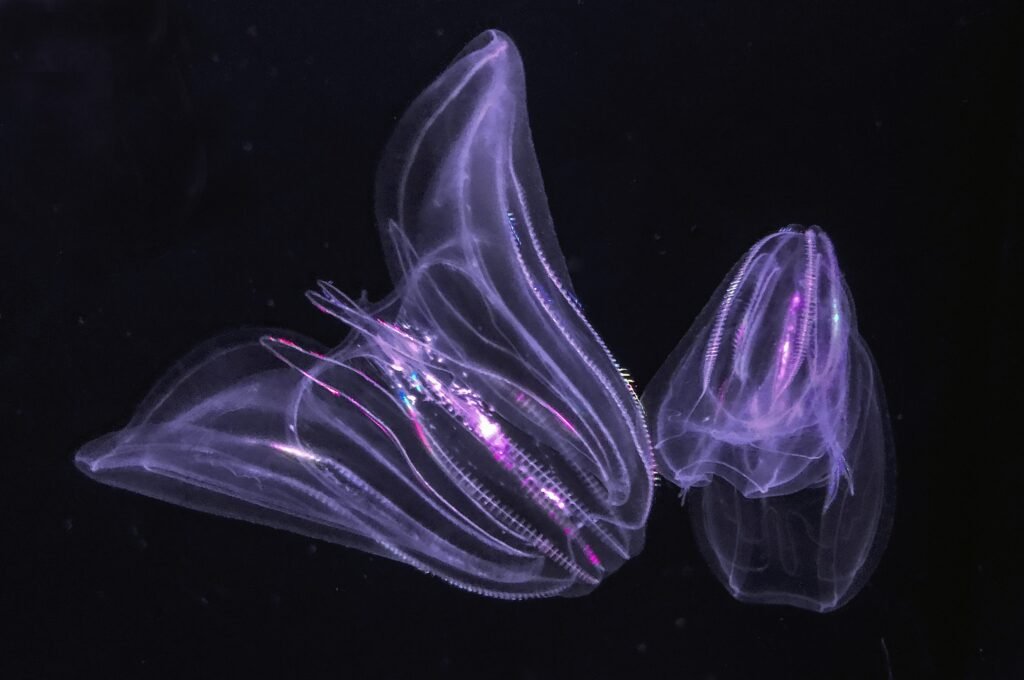Anti-aging protein HKDC1 discovered by Japanese Scientists
Japanese Scientists have discovered anti-aging protein HKDC1 is a potential game-changer in aging disease treatment. Osaka University Researchers conducted this innovative research project.
They found protein HKDC1 an essential element in sustaining cellular health in a research project. HKDC1 plays an important role in cellular aging prevention. Researchers have found an anti-aging protein HKDC1 prevents zombie cells which can cause Alzheimer’s and cancer.
The Japanese researchers revealed that the HKDC1 gene is a direct target of a previously known protein, TFEB. Its levels rise in response to mitochondrial or lysosomal stress.
This discovery improves the understanding of cell degeneration by revealing a direct relationship between TFEB and HKDC1 in sustaining organelle health.

Click here to read the updates on blood test shows if organs are aging fast or slow
Secondly, HKDC1 also plays a major role in fixing another part of our cells called lysosomes. Lysosomes act like waste disposal units. When they are damaged, HKDC1 helps in repairing them. This repair process is essential for overall cell health.
Lysosome repair is essential for human cells because it allows efficient waste breakdown, cellular component recycling, and defense against attackers. This mechanism, supported by proteins like HKDC1, keeps the cellular environment clean and functional, improving overall cellular health.
The researchers discovered that if there’s not enough HKDC1 in our cells, these repair processes don’t work properly. This dual role of HKDC1 in taking care of both mitochondria and lysosomes is a big deal for keeping our cells in good shape.
Understanding how HKDC1 works could lead to new ways of treating aging and diseases related to getting older. This discovery is important in the field of cellular biology. A well-known scientific journal called Proceedings of the National Academy of Sciences (PNAS) has published the results of this research project.
Read More:
- Sea creature turns into a baby when it is stressed out showing time travel
- Realme Narzo 70 Turbo 5G launch date, features, specifications & price
- European Space Agency printed 3D metal part in space for first time
- Earth’s mysterious Alaska triangle where over 20,000 people disappeared
- Philips Hue launched a new smart lighting solution for kitchen
- NASA to launch life-searching spacecraft to Jupiter’s moon Europa
Share this content:










Post Comment